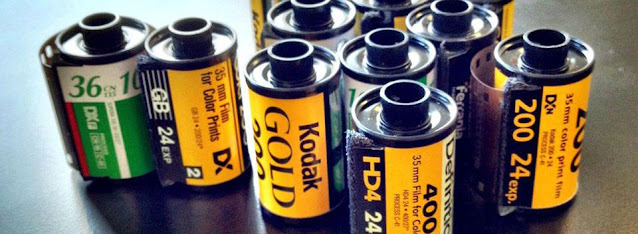How to develop landscape photography with film?
With film, the uncovered film should initially be
created before being utilized to produce paper prints or filtered into a
computer. You could send your film to your nearby lab and let them do all the
difficult work. There are a few reasons why you ought to foster your scene
photography films.
It is less expensive over the long haul to foster
your film. The units and synthetic substances required can be bought at truly
sensible costs on e-narrows. If you foster your film, you will have complete
oversight over the inventive approach of film advancement.
The innovative parts of scene photography are not
simply restricted to the stumbling of your camera's screen; they carry on all
through the entire interaction from openness to printing, and choices taken
anytime during this cycle can drastically change the last picture delivered.
So what can you do to be creative during film developing?
- First
of all, the decision of film engineers during film developing will
influence the nature of the negative.
- Altering
the weakening of the engineer can bring out features, contrast, and so
forth.
- You
can "push" your film, which includes uncovering at least one
stops quicker than its suggested ASA speed and afterward fostering the
film as though it were a quicker film. This expands the negative
differentiation and can give a decent grainy impact, especially with dark
and white pictures.
You can likewise "pull" your film. This
is the specific inverse of pushing. The film is uncovered at a more slow speed
and afterward created as though it were slower. This interaction diminishes
contrast however creates better mid-range tones.



Comments
Post a Comment